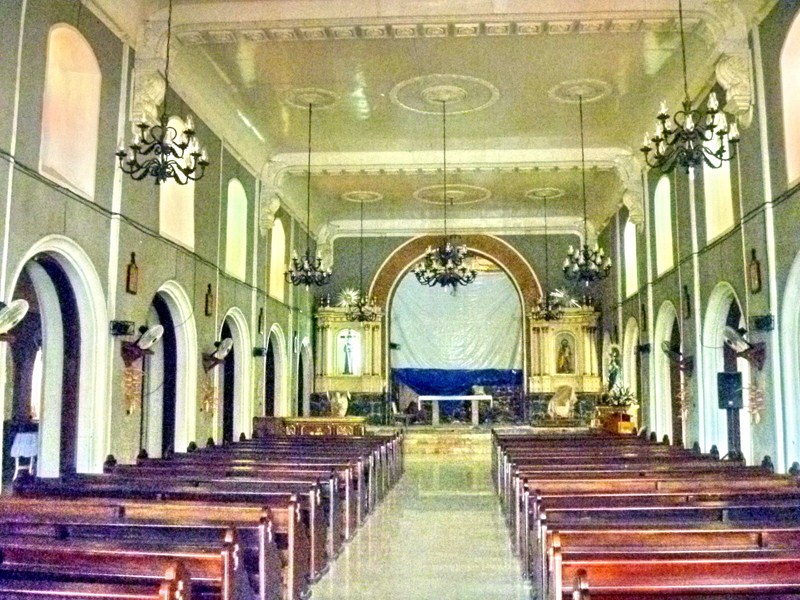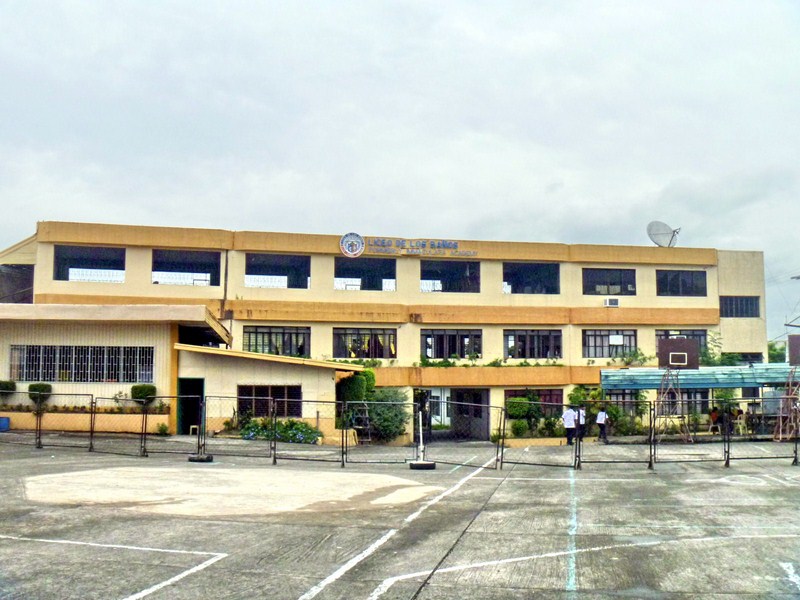From the Cagsawa Ruins, we next proceeded to Daraga town proper then drove up Sta. Maria Hill to the town’s Church of Our Lady of the Gate (Nuestra Senora de la Porteria). The church compound has an awesome view of the sea and majestic Mayon Volcano.
| Church of Our Lady of the Gate |
This church, built in 1773 by Franciscan monks, has an ornately carved Baroque (others say it is a mixture of Mexican Baroque and Renaissance Gothic) facade divided into 3 segments by 4 tall, twisted columns with medallions, bearing images of the Four Evangelists, at each column’s center. The church also has a semicircular arched main entrance topped by floral decorations and is covered with an image of Our Lady of the Gate, statuary, alcoves, religious seals, the coat-of-arms of the Franciscan Order, and niches on the walls and pedimentcontaining statues of Franciscan saints articulately carved on volcanic rock.
| The facade’s pantheon of saints |
| The right side of the church |
Because its facade was made with volcanic rock, the church originally had a black facade as depicted on old photos. However, during my visit, its much-admired Old World look was gone as it was painted, during restoration work (done in close coordination with and approval of the National Museum, National Historical Institute and National Commission on Culture and Arts) in 2008, with a white lime coating (containing chemical ingredients that turned it white) which, according to its conservationists, would protect the facade from exposure to the elements and from further deterioration. This intervention, also done in historical landmarks in other countries, was deemed acceptable as it does not adversely affect its cultural significance.
| Twisted column detail |
| The NHI plaque |
The octagonal bell tower (or belfry), on the church’s right, carries images of the 12 Apostles engraved on the sides of the angles. As per my visit, it still retains its volcanic black color as well as the unwanted foliage protruding from its volcanic stone facade. On the church’s left is the unremarkable convent. Compared to the church’s exquisite face, the church’s white interior is bland and simply adorned, a result of what historians refer to as “unregulated reconstructions and modifications.” However, it still houses priceless old santos (statues of saints).
| The unpainted octagonal belfry |
During the Philippine-American War, the church was used as headquarters by the U.S. Cavalry and, during World War II, as headquarters by the Japanese. Damaged during the liberation in 1945, the church was repaired from 1971 to 1973. On October 29, 2007, this church was declared by the National Museum as a National Cultural Treasure (specifically cited were the eastern and western facade, the bell tower and the baptistery), the second in Albay after the Church of St. John the Baptist in Tabaco City and, one year later, on October 16, 2008, it was likewise declared as a National Historical Landmark by the National Historical Institute (NHI).
| The bland interior |
Church of Our Lady of the Gate: Sta. Maria Hill, Brgy. San Roque, Daraga, Albay. Tel: (052) 483-4416. E-mail: daragaparish@gmail.com.

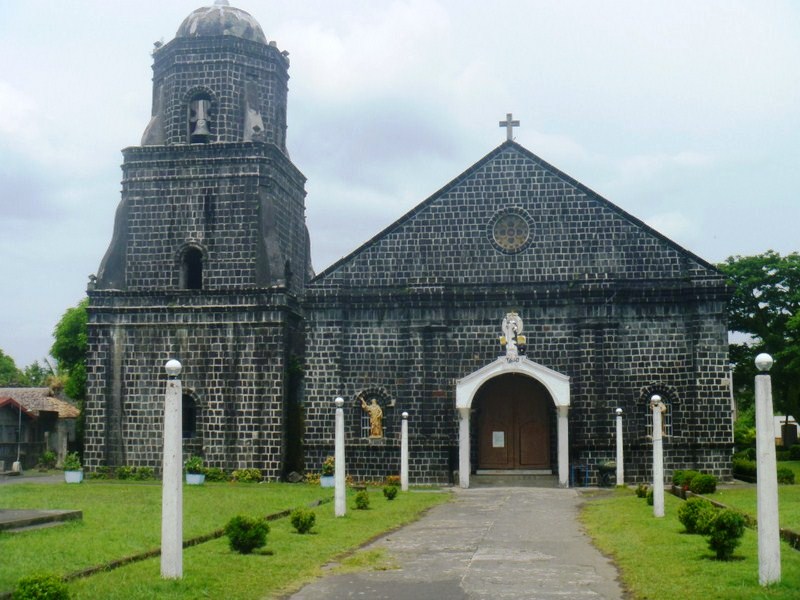
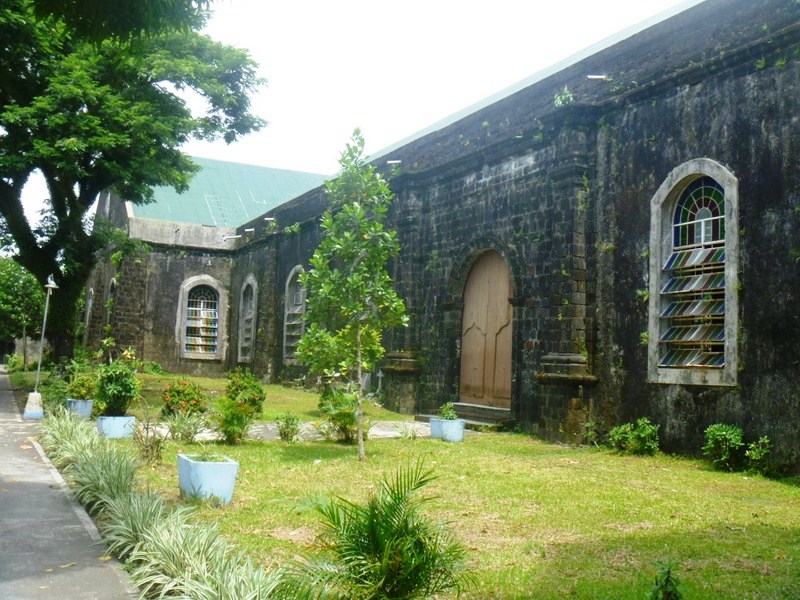
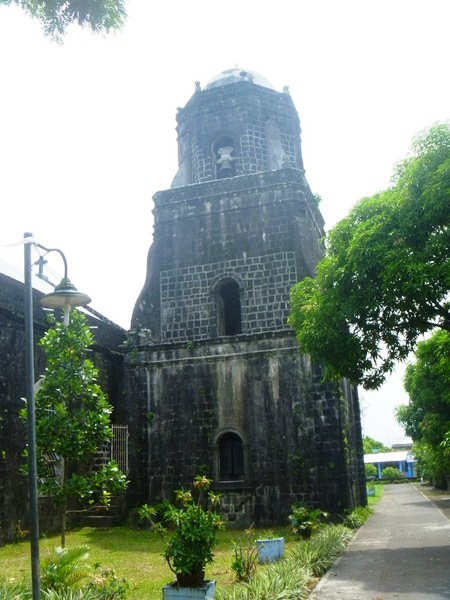
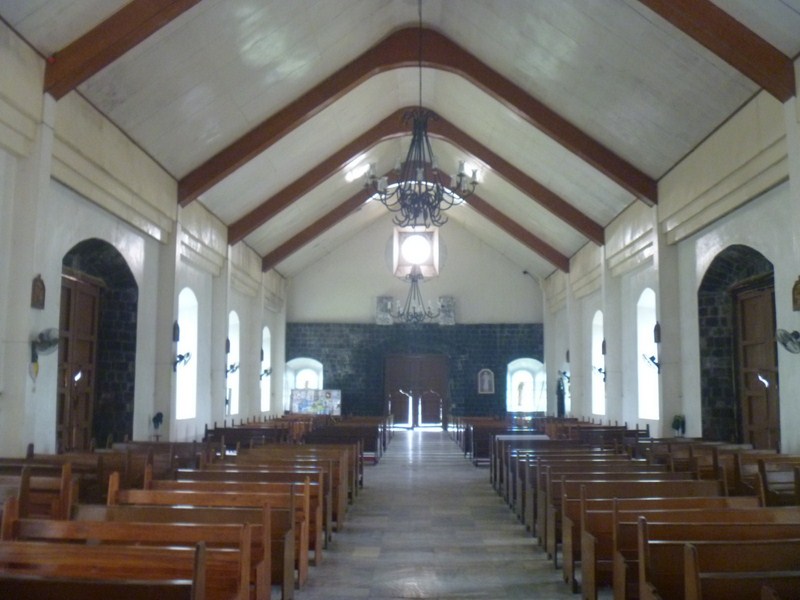
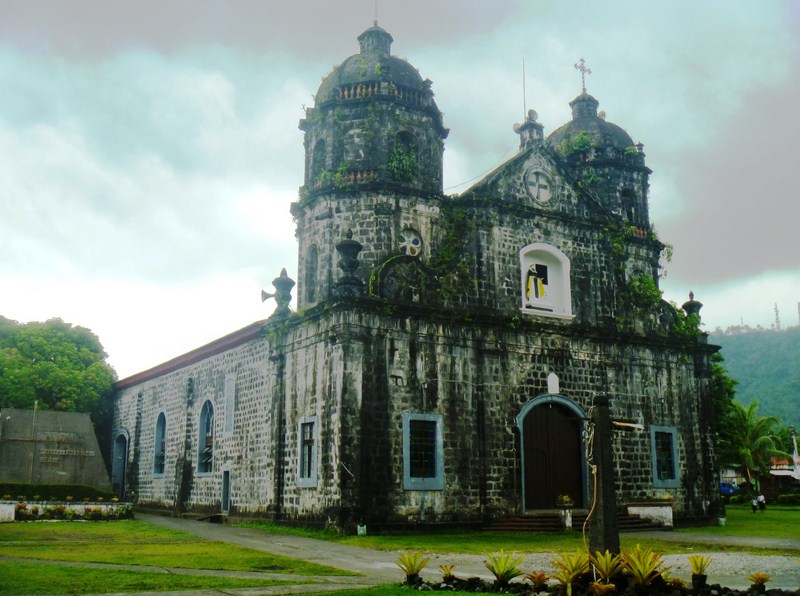
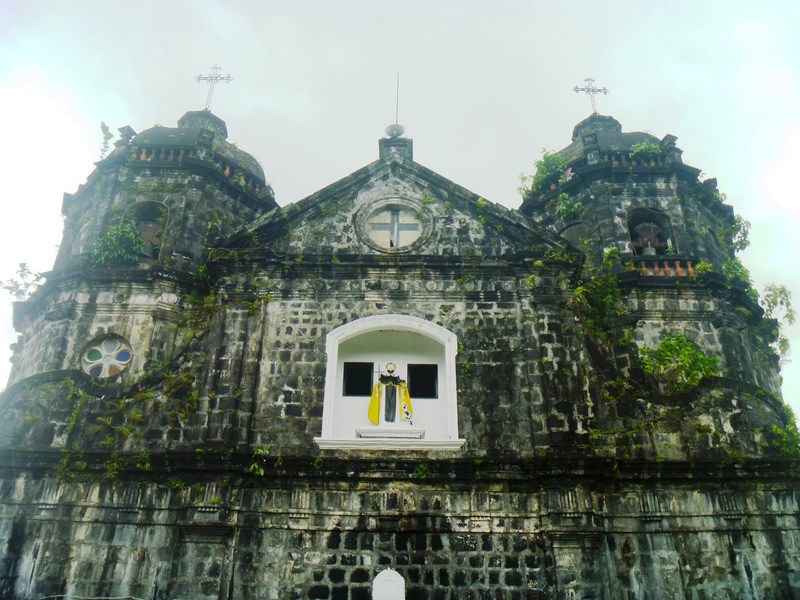
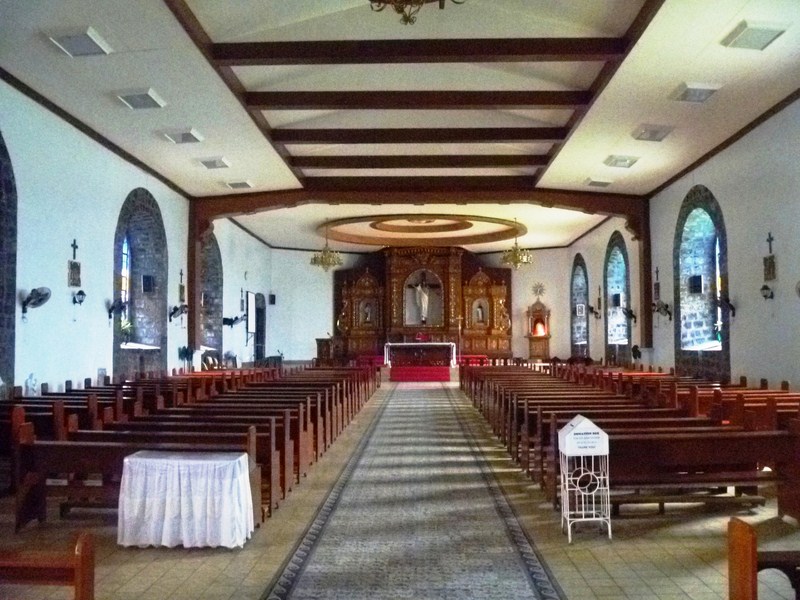

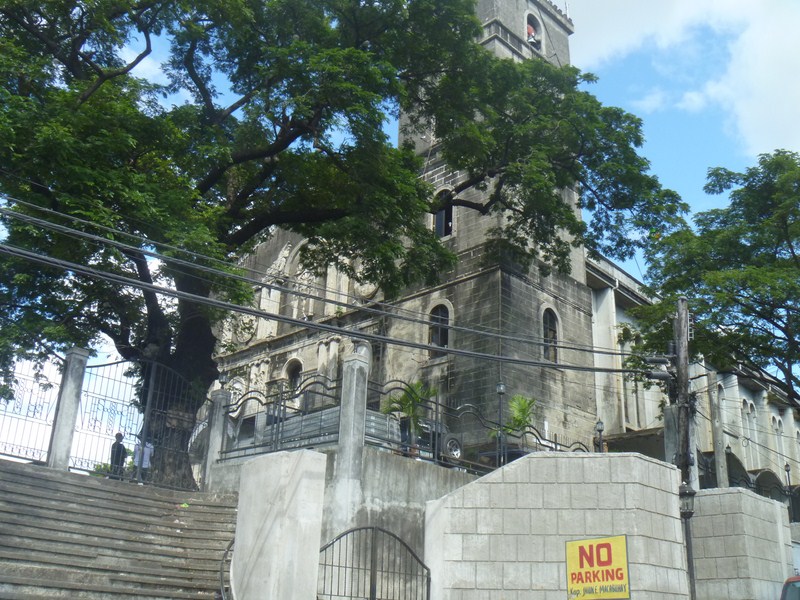
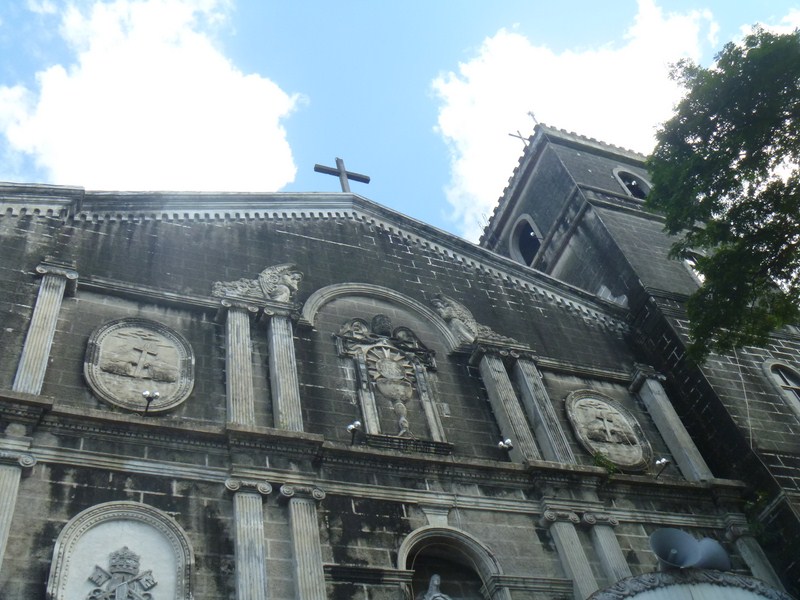
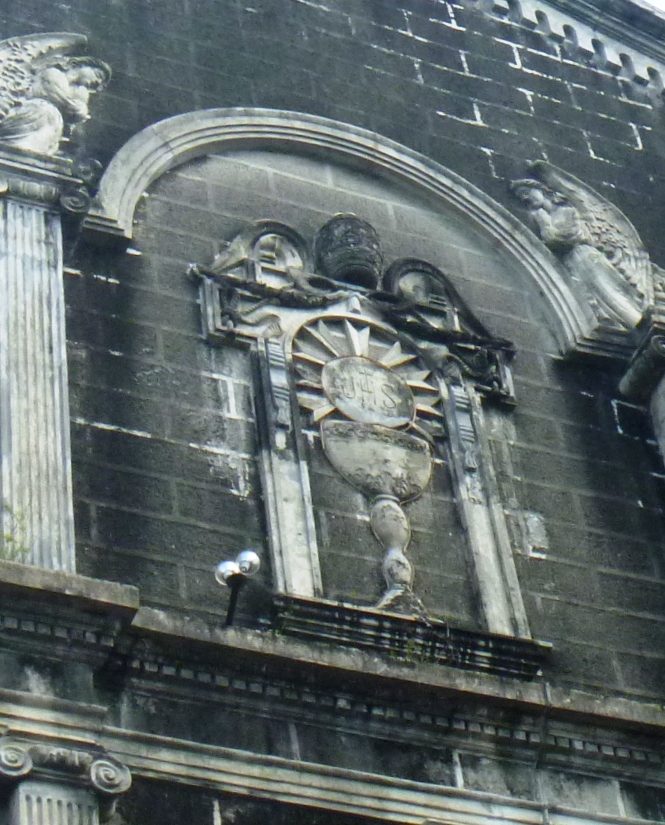
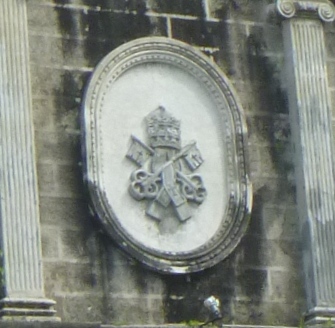
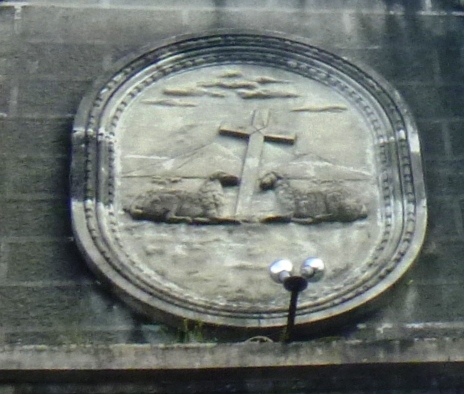
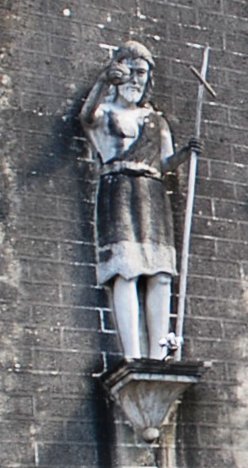
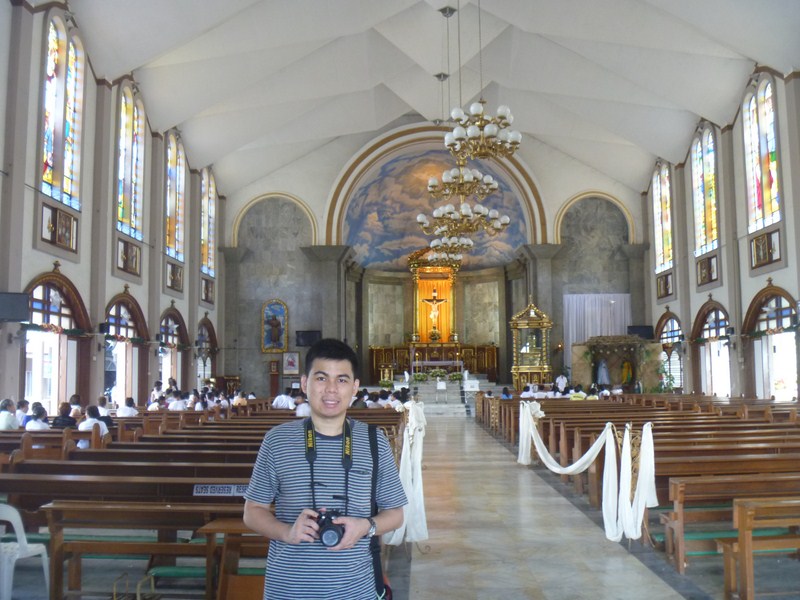

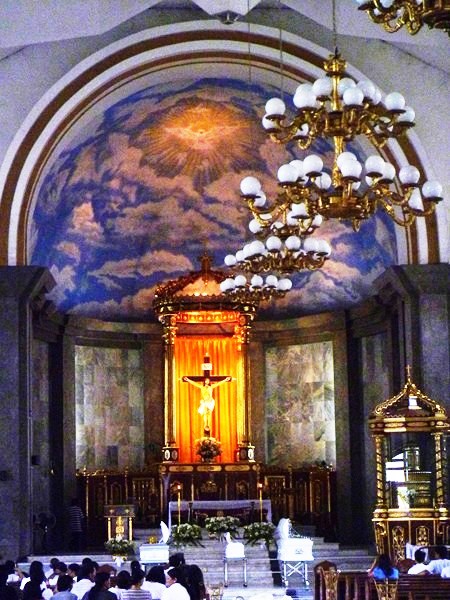



.jpg)

